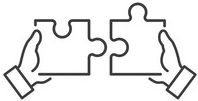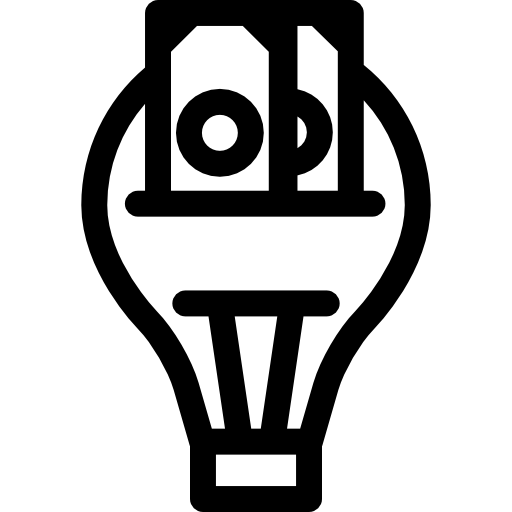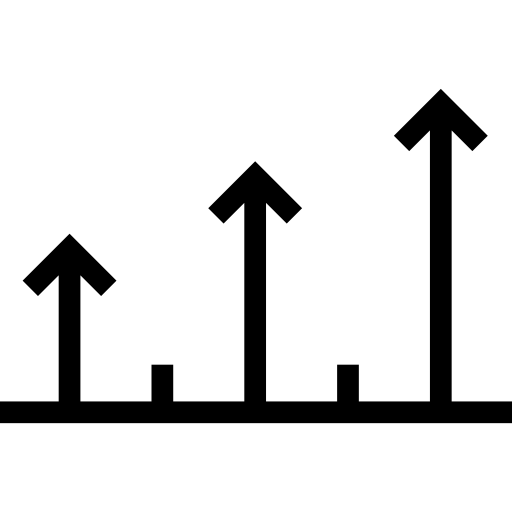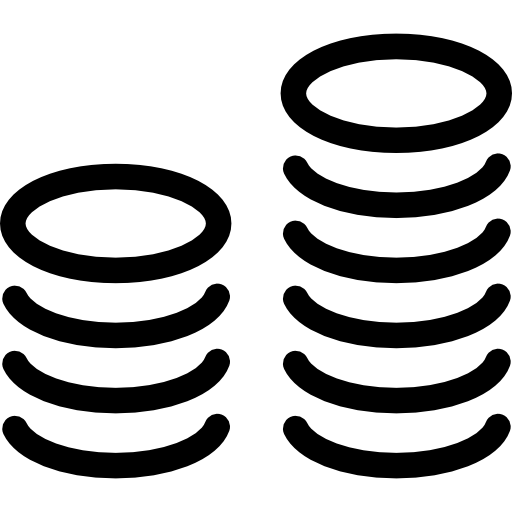
Starting date : Jan. 2020 > Dec. 2022
Lifetime: 36 months

Program in support : ICT-05-2019 RIA-ii

Status project : in progress

CEA-Leti's contact :

Project Coordinator: CEA, (FR)
Partners: -
Siemens Healthineers (D)
-
TNO (NL)
-
CNRS Institut Neel (F)
-
UJI (E)
-
Trixell (F)
-
Philips Electronics (NL)
-
Philips Medical Systems (NL)

Target market: n/a

Publications: n/a

Investment: € 5.9 m.
EC Contribution: € 5.9 m.

|
Stakes
The PEROXIS project is investigating two disruptive, cost-effective approaches to integrating efficient, scalable, thick perovskite conversion layers with appropriate properties for X-ray direct detection purposes.
-
The first approach is based on a powder sintering process for applying a microcrystalline MAPI layer to an active matrix surface.
-
In cooperation with CNRS (Neel Institute), CEA-Leti is in charge of a second approach based on a solution process for growing in-situ a dense, highly crystalline, MAPbBr3 layer directly on the active matrix. The PEROXIS project is prompting CEA to develop a groundbreaking, 2-step (seeding and growing) process for in-situ, solution-based growth of perovskite from the active matrix surface.
-
Improved layer quality and homogeneity is obtained by using a specific set-up to grow the perovskite from solution to give higher quality polycrystalline layers.
>Selection of best surface preparation for seeding (M18).
-
The groundbreaking, solution process approach will be demonstrated on 5×5cm² X-ray detectors
>Fabrication and testing of an X-ray detector using the solution process approach (M30) to demonstrate higher efficiency and spatial resolution performance.
-
This solution process ensures better detector efficiency and dynamic response, and reduced memory effect (image lag and ghosting). These performance improvements allow the perovskite- based detector to perform X-ray spectral imaging and to open up the way to an upcoming radiographic breakthrough.
OBJECTIVES
The PEROXIS project is developing a new X-ray imaging system offering greater sensitivity and spatial resolution than
conventional systems to facilitate diagnosis during patient examination and treatment of various diseases.
Emerging semiconducting perovskite materials, widely used for photovoltaic applications, are good candidates since they
have the potential to address globally the following ambitious objectives: -
Advancing X-ray-based imaging systems for advanced diagnosis and treatment of cardiovascular disease (CVD) and chronic obstructive pulmonary disease (COPD)
-
Improving the efficiency and spatial resolution of flat panel X-ray detectors
-
Producing groundbreaking, perovskite-based, direct conversion, X-ray imaging detectors for large-area compatibility
-
Validating the feasibility of phase contrast imaging for earlier detection of chronic obstructive pulmonary disease.
PEROXIS is a multidisciplinary project involving seven partners from four EU countries (France, Germany, Spain and the Netherlands) spanning academic, RTO and industrial (three major medical equipment manufacturers) worlds. An implementation plan has been presented in the form of eight work packages, six of which are technical. The communication and dissemination synergy ensured by the partners and stakeholders (external advisory board mainly composed of physicians providing letters of intent) maximizes the PEROXIS project impact.
Solutions have been presented for overcoming fundamental technological barriers and relevant deliverables, tasks, milestones and risks involved in timely fulfilment of the PEROXIS project aims. The project outcome should have a strong impact on the medical sector: future applications of an improved PEROXIS imaging system will not be limited to COPD and CVD, but should extend to other clinical domains, in which performance of diagnosis-driven therapy systems is currently limited by flat panel X-ray detector technology.
IMPACT
-
PEROXIS consortium industrial partners Siemens and Philips are the numbers one and three in diagnostic imaging market. Trixell will be the partner that will take up and industrialize the new technology developed in this project, while Philips and Siemens are the perfect candidates for commercializing the technology and delivering it into the medical imaging market. The intention is to keep detector prices at levels appropriate to the different potential markets. This will foster development of novel, higher performance products inspired by the PEROXIS project solutions, thereby ensuring a major impact on a number of diseases and promoting Europe’s leadership in high-value markets.
-
The PEROXIS project partners will initially consider cardiovascular diseases(CVDs), which represent the leading cause of death globally, andrespiratory diseases, especially chronic obstructive pulmonary disease (COPD), which is the third leading cause of death worldwide. Extension to other diseases will also be considered. The PEROXIS project is essential to safeguarding and expanding Europe’s market position in the face of upcoming Asian competition. The partners’ plans for exploiting PEROXIS’ developments (potential for new patents, products, spin-offs, etc.) will be updated during the project to generate major impact on a range of diseases and greater competitiveness.
|
|